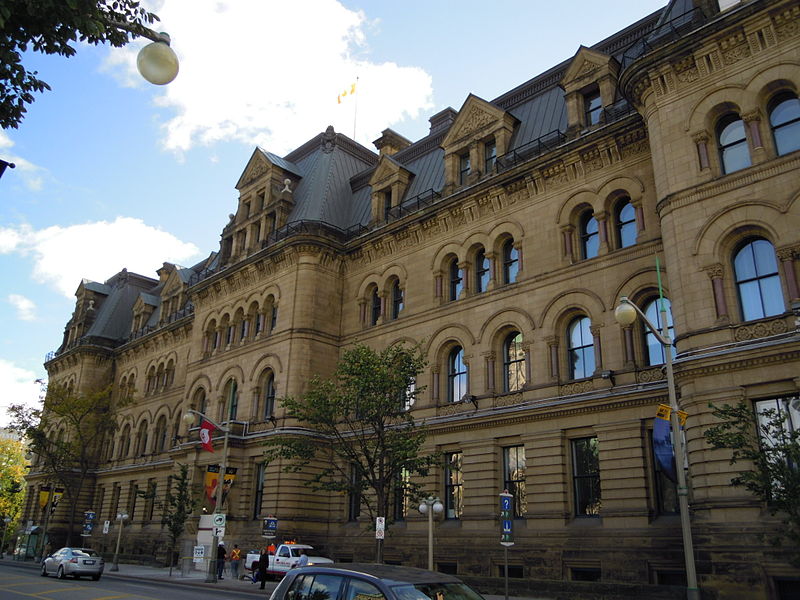
The building is named after Hector—Louis Langevin, a politician and father of Confederation who also happens to have expressed strong support for establishing what would become the infamous, government—run residential school program.
That particular detail is a problem for Assembly of First Nations National Chief Perry Bellegarde, who points it out to the government in a letter obtained by The Canadian Press.
Bellegarde wants the government to find a new name for the building in consultation with indigenous peoples, something he says aboriginal communities would take as a sign of good faith.
“Canada has committed itself to launch an era of reconciliation and that important work cannot advance without facing the harsh truths of Canada’s colonial past,” Bellegarde wrote in a letter to Public Services Minister Judy Foote.
A group of aboriginal MPs _ independent Hunter Tootoo, the NDP’s Romeo Saganash and Georgina Jolibois and the Liberal indigenous caucus_ are also asking the federal government for a new name.
“We are writing you today to ask you to correct an injustice; specifically, we are asking that you re—name the Langevin Block,” the MPs said in their own letter to Foote.
“Surely you can see the incongruity of naming a building after the architect of this system.”
The demand is not without precedent: last month, the City of Calgary said it would rechristen its Langevin Bridge as Reconciliation Bridge, part of its own effort to foster reconciliation with indigenous communities.
“Canada has committed itself to launch an era of reconciliation and that important work cannot advance without facing the harsh truth’s of Canada’s colonial past,” Bellegarde said.
Action would be particularly poignant in a year where the country is marking a key anniversary of Confederation, he adds.
“This is all the more important as Canada proceeds with its Canada 150 events.”
Langevin, who died in 1906, was a lawyer, newspaper editor and Conservative MP from Quebec. He spent more than 25 years in federal politics, resigning as public works minister in 1891 amid a corruption scandal.
It was in his role as minister of public works that Langevin argued for a separate school system with a specific mandate to assimilate indigenous children.
Foote’s office said it will respond to Bellegarde’s letter, adding that any decisions will be made in accordance with the Truth and Reconciliation Commission’s calls to action and in full partnership with indigenous people.
The commission released 94 sweeping recommendations in 2015 after it spent six years documenting the long—standing impacts of residential schools.